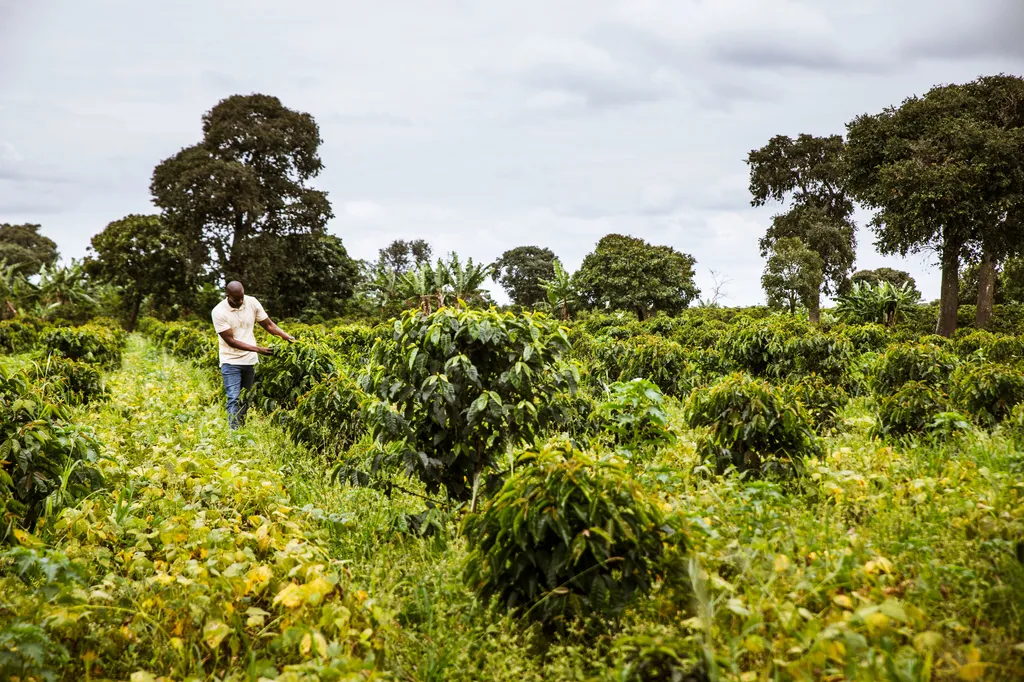In the heart of Tanzania’s Kilombero District, a quiet revolution is taking root, one that promises to reshape the future of smallholder farming. A recent study published in *Discover Agriculture* has shed light on the financial viability of agroforestry, challenging the status quo of continuous monocropping and offering a pathway to sustainable livelihoods for local farmers.
The research, led by William George of the Department of Economics at the University of Dodoma, compares the profitability of agroforestry systems—specifically, the Acacia albida–pigeon pea intercrop—with traditional continuous monoculture systems. The findings are compelling: agroforestry not only boosts financial returns but also enhances soil health and long-term sustainability.
“Agroforestry is more than just a farming practice; it’s a lifeline for smallholder farmers,” George explains. “Our study shows that integrating Acacia albida with pigeon peas yields higher total revenue and gross margins compared to monocropping. This is a game-changer for the agriculture sector.”
The study involved 394 households, carefully selected through purposive and random sampling methods. Data analysis using gross margin analysis and linear multiple regression models revealed that agroforestry systems generated significantly higher total revenue (152.3 USD) and gross margins (76.6 USD) compared to continuous monocropping (133.4 USD and 50.1 USD, respectively). Moreover, profitability and efficiency ratios indicated superior economic viability for agroforestry.
One of the most striking findings was the influence of external factors on profitability. While factors such as the source of finance and labor type significantly impacted continuous monocropping profitability, no such determinants were identified for agroforestry. This suggests that agroforestry systems are more resilient and less dependent on external variables, making them a more reliable option for smallholder farmers.
The implications of this research are far-reaching. For the agriculture sector, the shift towards agroforestry could mean increased productivity, improved soil health, and enhanced resilience to climate change. “This study reinforces the role of agroforestry in promoting sustainable livelihoods and resilience among smallholder farmers,” George notes. “It’s a step towards ensuring food security and improving rural incomes.”
As the agriculture sector grapples with the dual challenge of ensuring food security and improving rural incomes, the findings of this study offer a beacon of hope. By adopting agroforestry practices, farmers can not only improve their financial returns but also contribute to the long-term sustainability of their land. The study, published in *Discover Agriculture* and led by William George of the Department of Economics at the University of Dodoma, underscores the need for a paradigm shift in farming practices, one that prioritizes sustainability and resilience.
In the words of George, “The future of farming lies in agroforestry. It’s time to embrace this change and pave the way for a more sustainable and prosperous agriculture sector.”

